This morning we woke up to our favorite breakfast-pancakes! With our bellies full and happy, we prepared for the day as usual by layering on sunscreen and bug spray. We then headed to our first location for the day, which was Government Dock in Graham’s Harbor. This was a particularly well-known spot by the students as some of us have been walking over to the dock at night to watch the green sea turtles swim close to shore from the dock. We headed into the relatively warm water, which was a pleasant change from previous days. This location contains a dock that has half collapsed into the water, and so organisms have started to grow on and incorporate it into their ecosystem, and then it goes into sea grass. This is one of the only locations on the whole island that is like this-it is referred to as a fouling ecosystem.
Not too long after making our way into the water we started spotting sea turtles! We ended up seeing about 3 different turtles before our morning was over. We even got to view one for quite a bit of time eating the turtle grass. Additionally, Drew caught himself in a donnybrook with a rather aggressive damselfish. (He’s okay, though the fish won). Other interesting organisms from this morning included a queen angelfish, and anemones growing between the damage of the dock. On the way out of the water, some of us suffered minor stings from sea wasps so the vinegar was utilized today.
After the best lunch yet-cheeseburgers! We prepared for a hot and long afternoon hiking to another intertidal zone called Cut Cay Rock. Although counting snails for two hours was no one’s particular cup of tea, we did have a nice breeze and the occasional spray of water kept us content. We then hurriedly hiked back to the truck in order to make it to dinner on time.
Overall, our identification skills and understanding adaptions and stresses particular to intertidal zones came in handy today. Also, using an ecological mindset and thinking about the relationships the sea turtles had with both humans and each other is what raised questions about the species today.
Once in the classroom, we discussed how the quadrat sampling we conducted earlier could be used. We discussed species richness, distribution, and how the Shannon-Wiener index is affected by these aspects. This allowed us to start thinking about how rich the intertidal zones we have been observing are and what specific adaptions certain species have developed in order to live in that environment.
In conclusion a very tiring day. We are ready for some rest!
Trina Rosing ’21 and Lydia Berg ‘21
Comments
Bahamas 2018
I am still keeping up with you guys and learning SO MUCH!!!!!! Really enjoy your pictures!
Vera Phillips


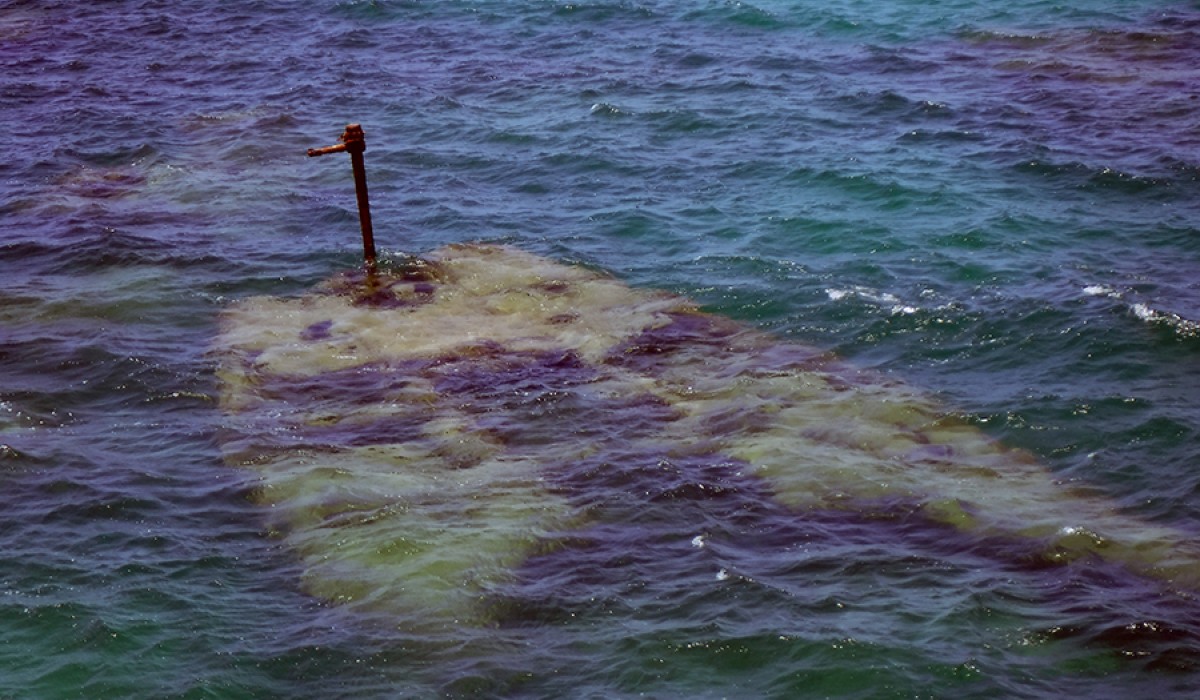
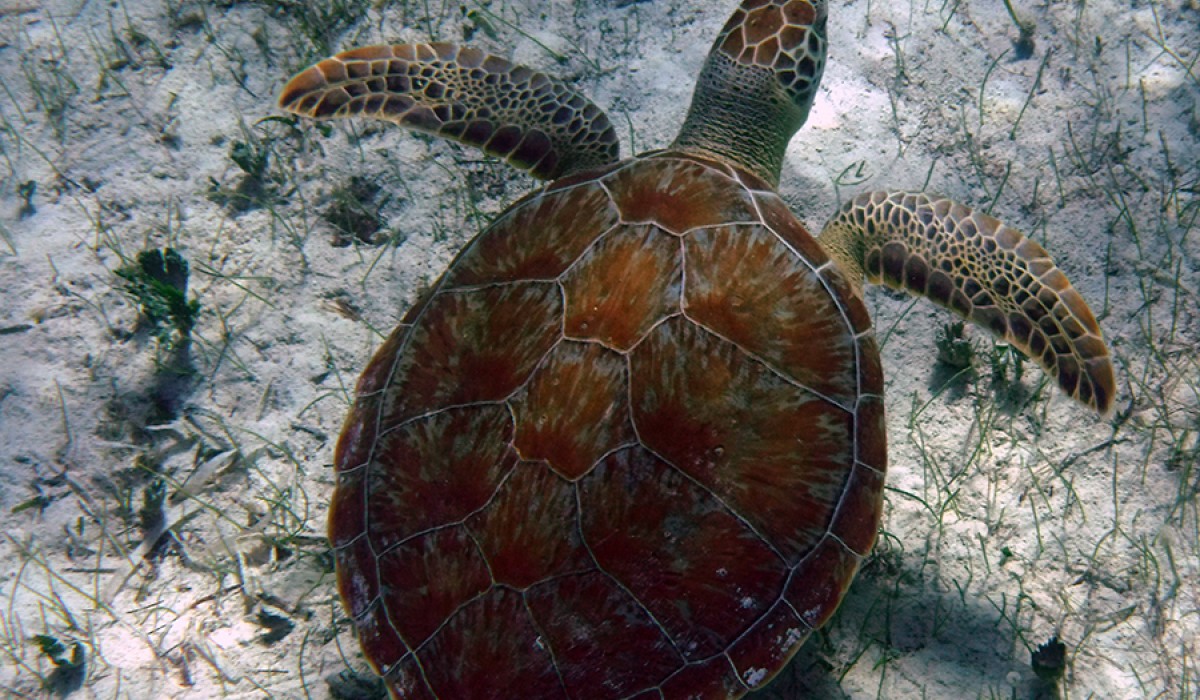
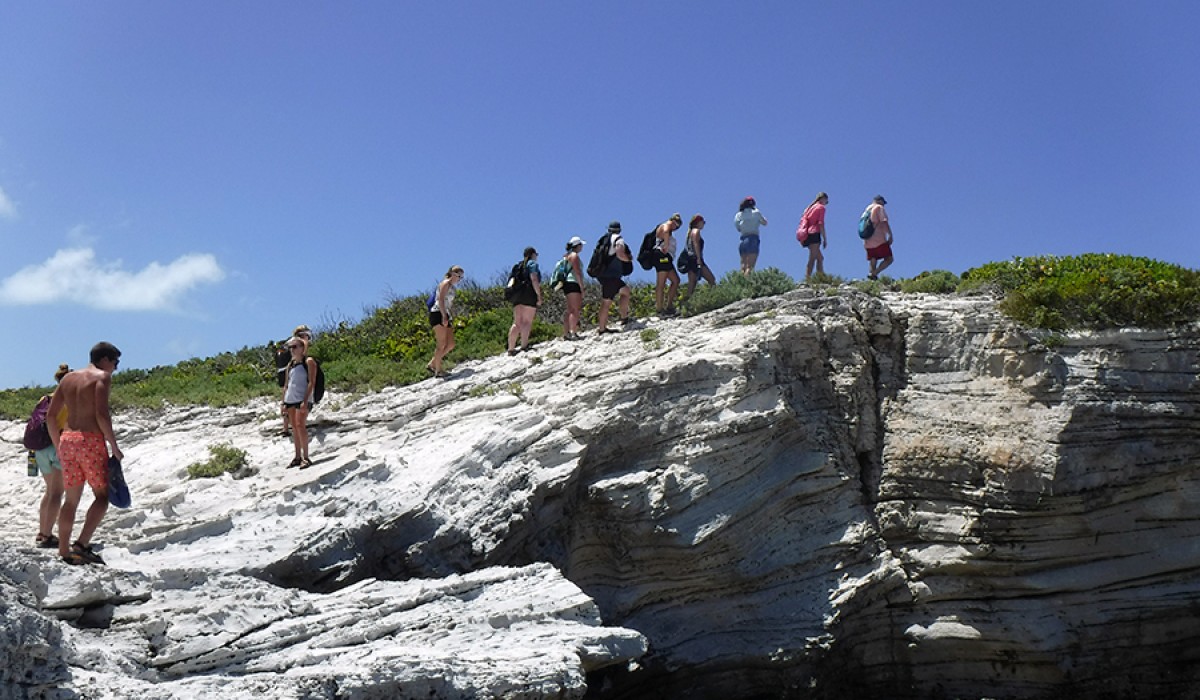
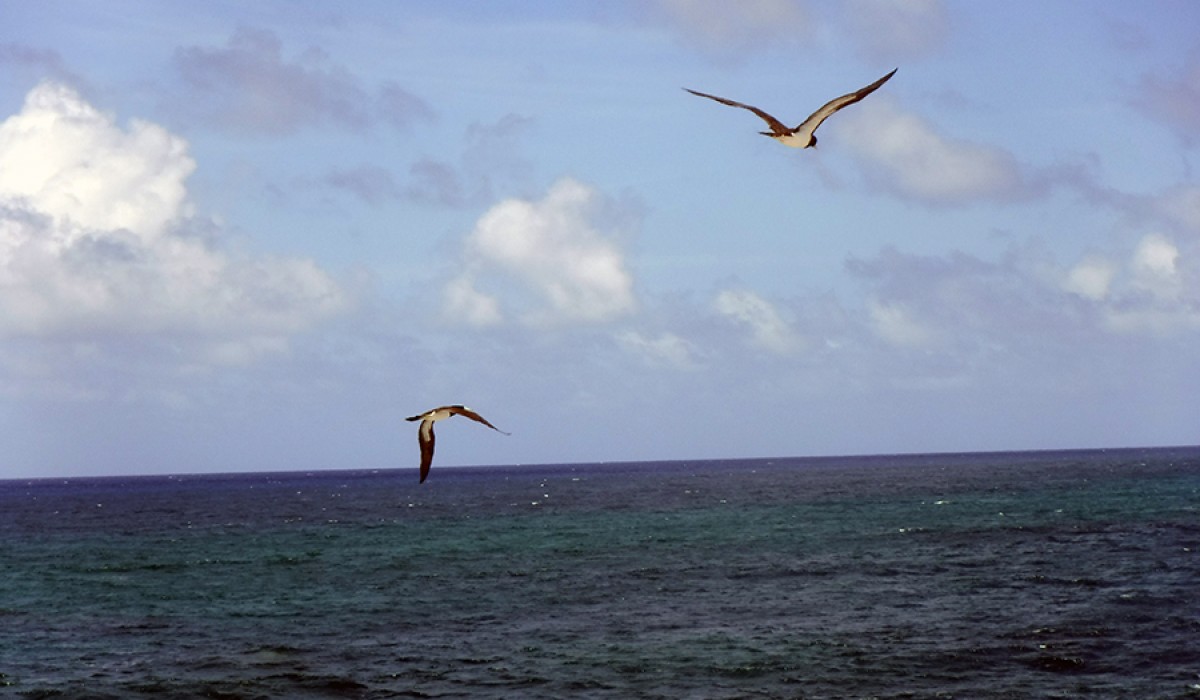
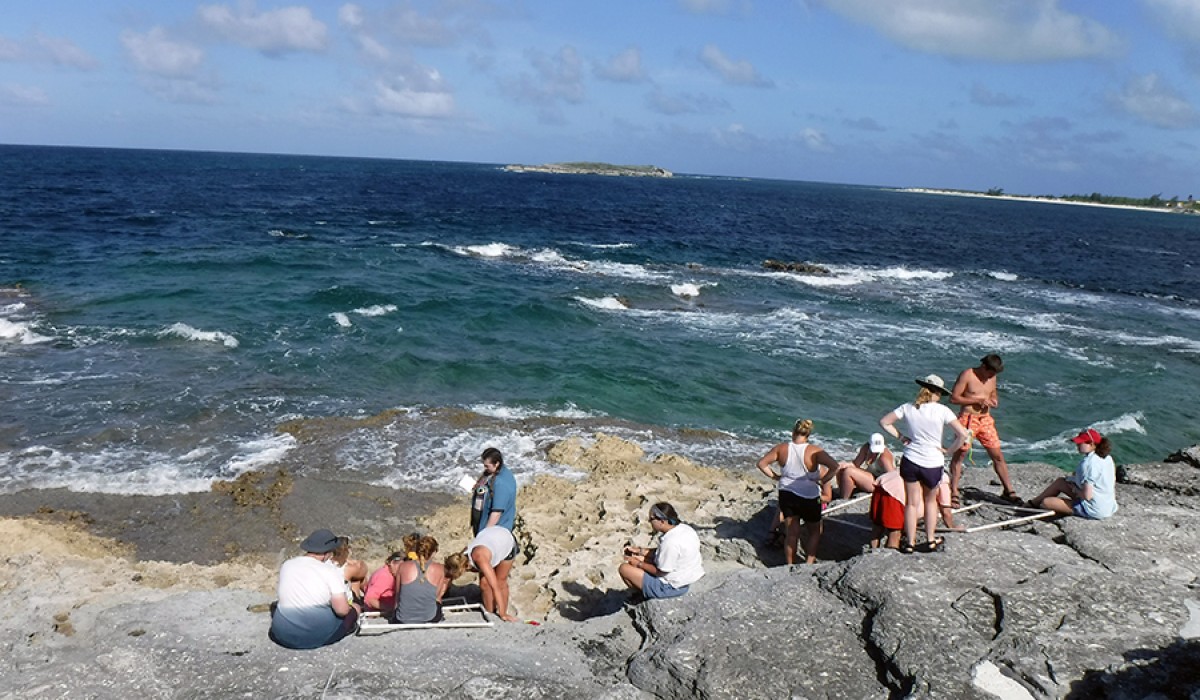
Proud of you, Lydia Rose! Looks beautiful!!